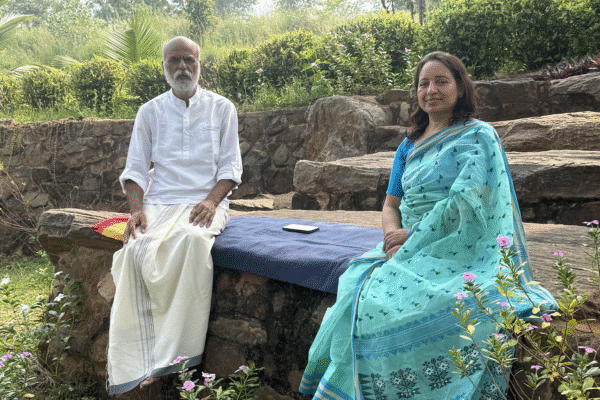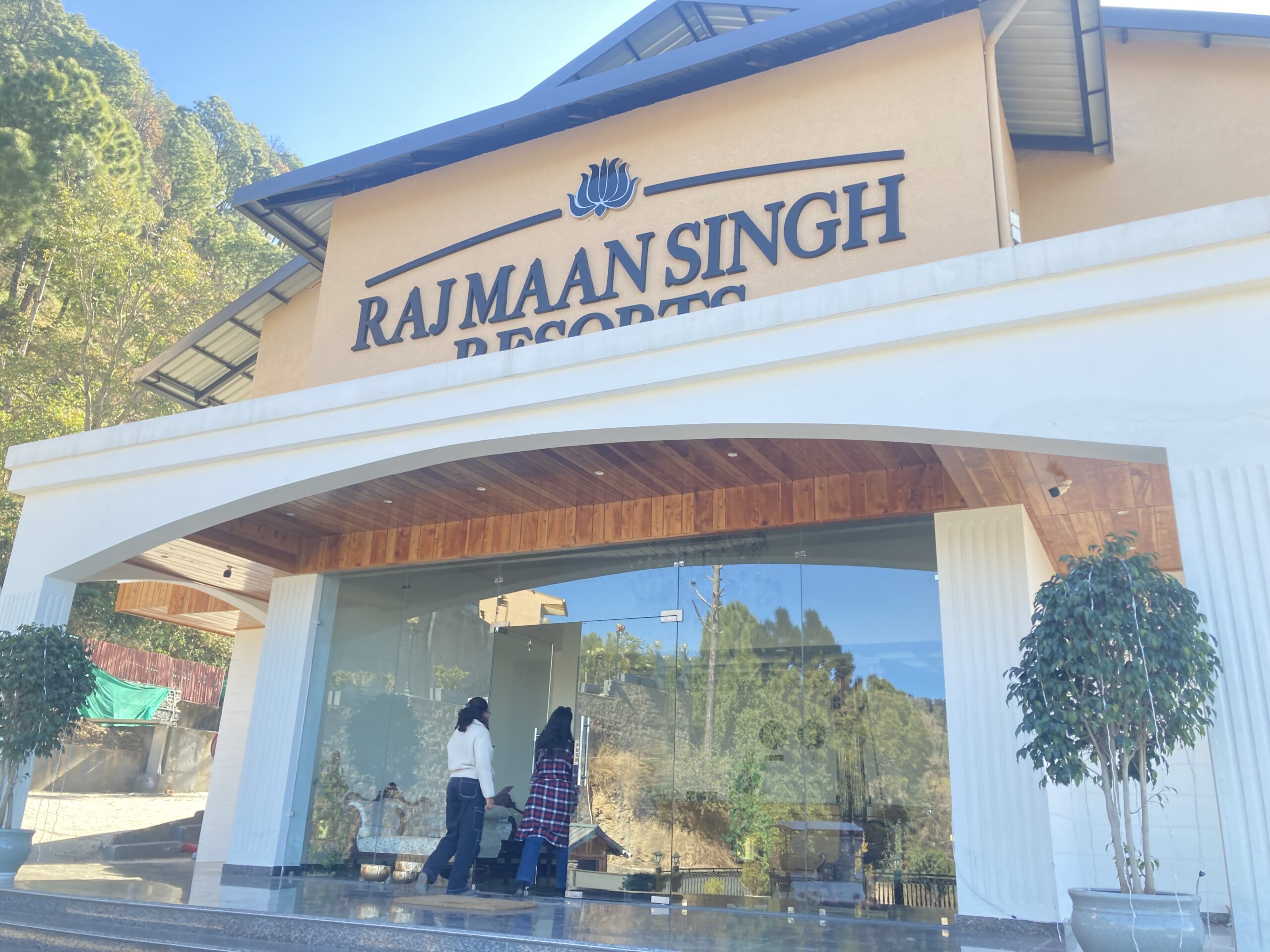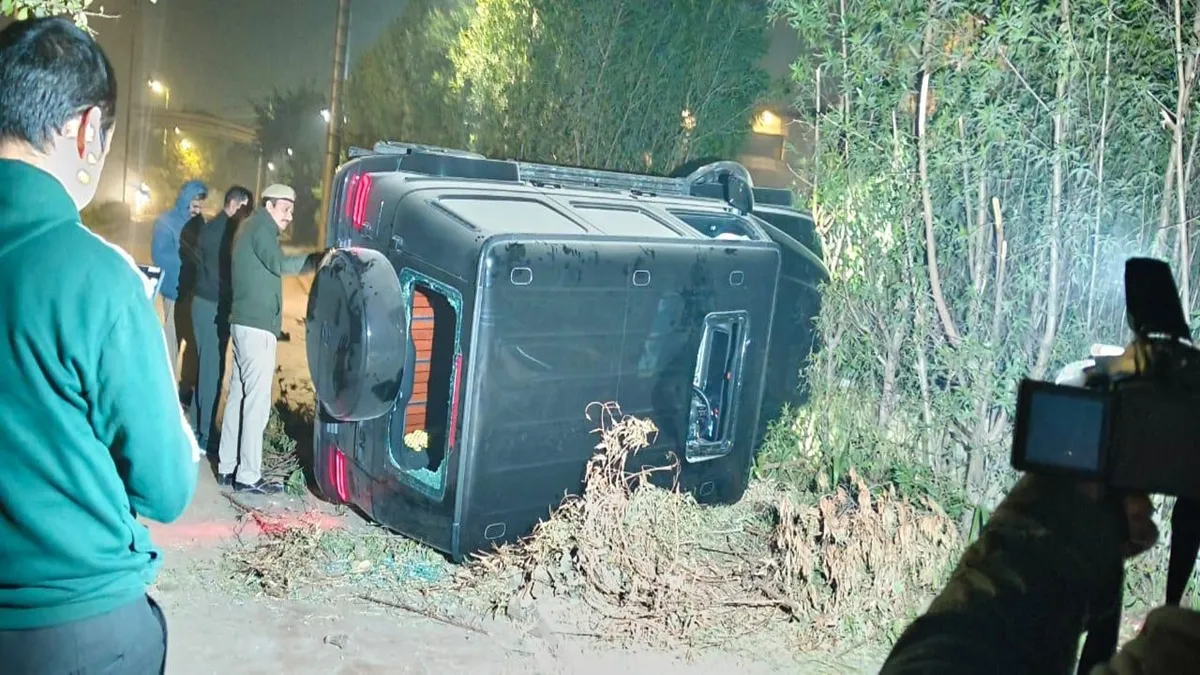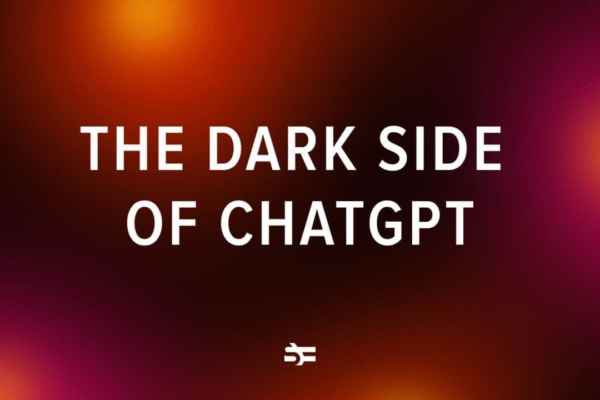
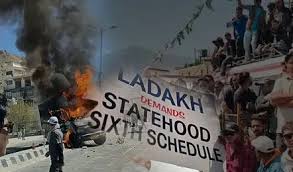
Wangchuk Arrested After Ladakh Protest | Sixth Schedule Demand
Sonam Wangchuk was arrested by Indian police after a protest in Leh turned deadly, leaving lives lost and many injured. The demonstration was ostensibly peaceful — demanding constitutional safeguards and autonomy — but crackled into conflict. His detention has amplified national debates over land rights, identity, and who controls Ladakh’s future. ladakh-protests-sonam-wangchuk/
Wangchuk had led calls for Sixth Schedule protection for Ladakh even before the agitation, warning that without safeguards, the region faces environmental vulnerability and cultural erosion. The arrest now marks a turning point in that struggle.
Wangchuk Arrested After Protest Sparks Ladakh Unrest
The protest began with calls for justice, jobs, and self-rule. Locals, students, monks, and civil society groups gathered in Leh to demand greater protections under the Constitution. They intended a peaceful march, but tensions escalated after authorities attempted to disperse the crowd using force. As tear gas and baton charges followed, panic broke out. Reports confirm that at least one protester died in the melee and many were wounded. Moments later, Wangchuk — who had been leading the peaceful campaign — was apprehended near the protest site.
As news of the Wangchuk arrested Ladakh protest spread, social media exploded. Hashtags such as #FreeWangchukand #LadakhProtest trended. Critics accused the government of muzzling dissent, while activists demanded immediate redress and accountability.
Why Ladakh Wants Sixth Schedule Protection — And Why India Resists
At the heart of this unrest lies the demand for inclusion under the Sixth Schedule of the Indian Constitution. That provision grants autonomous legislative and administrative powers to tribal areas, enabling local councils to govern land, forests, culture, and resource use. Regions in Assam, Meghalaya, Tripura, and Mizoram already benefit under it.
Ladakh’s proponents argue that this protection is essential. Its fragile high-altitude ecosystem is especially vulnerable to unchecked development. The region’s communities fear cultural dilution and demographic change since becoming a Union Territory in 2019. Inclusion under the Sixth Schedule would allow local self-governance, land security, and legal protections against external exploitation.
Despite these calls, the Government of India has resisted both Sixth Schedule status and separate statehood for Ladakh. In meetings with local representatives, senior ministers have offered to extend Article 371‑style protections — covering jobs, land rights, and culture — but rejected full inclusion under the Sixth Schedule. One Home Ministry official remarked that the Sixth Schedule was originally designed for the Northeast, suggesting constitutional change would be complex.
Union officials also cite national security concerns, pointing to Ladakh’s strategic border with China and Pakistan. They argue that granting greater autonomy could complicate infrastructure and defense planning. Politically, granting statehood or special status might embolden similar demands from other regions. In past dialogues, the government has maintained that it will address local issues through targeted policies rather than constitutional restructuring.
A Fragile Path to Resolution: What Comes Next?
Given the mounting unrest and growing national attention, there are essentially two paths the government could consider:
- Accept Wangchuk’s Demand (Sixth Schedule Inclusion or Equivalent Protections)
Doing so would acknowledge the legitimacy of Ladakh’s grievances, potentially defusing tensions. It would allow the region to exercise meaningful self-governance without full statehood, while preserving national integrity. To achieve this, the government could propose a constitutional amendment or a special act granting selective autonomy over land and resources. Dialogue must follow swiftly, with local representatives, civil society, and constitutional experts shaping the framework. - Double Down — Refuse Statehood or Special Status Altogether
Critics warn this would further alienate Ladakh’s youth and intensify protests. It risks presenting the government as deaf to regional voices and may escalate conflict. Yet, maintaining central control remains the status quo favored by some — especially in strategic or security-sensitive zones.
In recent weeks, the government has indicated it remains “actively engaged” in talks with the Leh Apex Body and Kargil Democratic Alliance, suggesting openness to dialogue. The home ministry claims multiple formal and informal meetings have already taken place. Meanwhile, protest leaders continue to demand constitutional guarantees, not just policy promises.
If the government genuinely wishes stability, it should not treat Ladakh’s demands lightly. The stakes are high: environmental survival, cultural identity, and democratic legitimacy all hang in the balance.

A seasoned journalist with over 30 years of rich and diverse experience in print and electronic media, Prabha’s professional stints include working with Sahara English Magazine, Pioneer and JAIN TV and All India Radio. She has also been writing in Pioneer. She has also produced several documentary films through her self-owned production house Gajpati Communications. She is also the Station Director of Aligarh-based FM Radio Station, and the General Secretary of WADA NGO.



